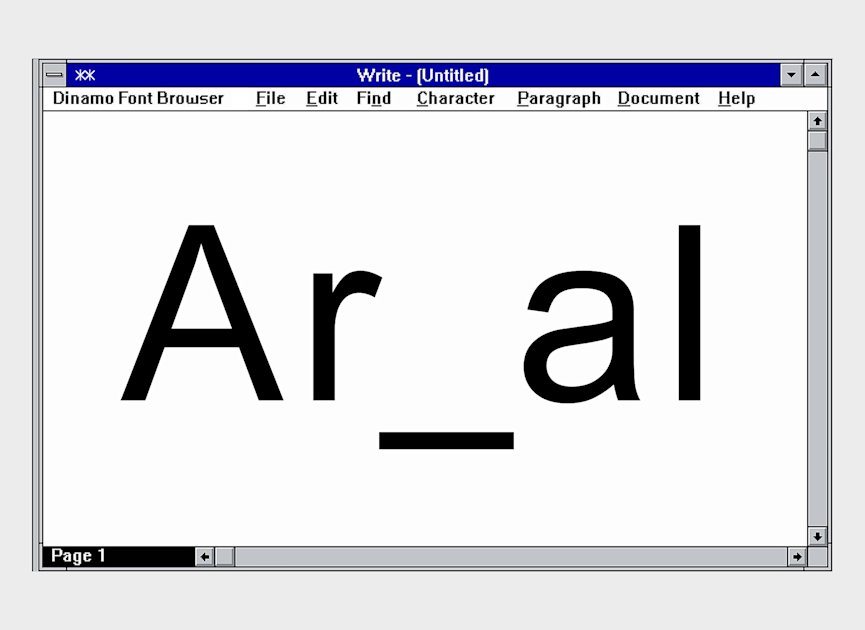AppGoblin Uncovers Mystery Ad Domains: A Deep Dive into Mobile Game Advertising
AppGoblin analyzed over 40,000 apps, tracking millions of API calls and thousands of advertising domains. Many domains lacked landing pages, leaving their owners a mystery. Through IP address analysis, API keys, and SDKs, AppGoblin identified the companies behind these domains, including Bigo Ads, BidMachine, and Unity. `lazybumblebee.com` likely belongs to BidMachine for app mediation; `news-cdn.site`, `kickoffo.site`, `onegg.site`, and `acobt.tech` are linked to Bigo Ads. This research sheds light on the complex domain network and data tracking mechanisms in the mobile game advertising ecosystem.
Read more















